Love, lies and lavish homes – historical and royal homes that witnessed scandal, romance and intrigue
What the tour guides don’t tell you: royal residences and historic houses hiding jaw-dropping secrets...
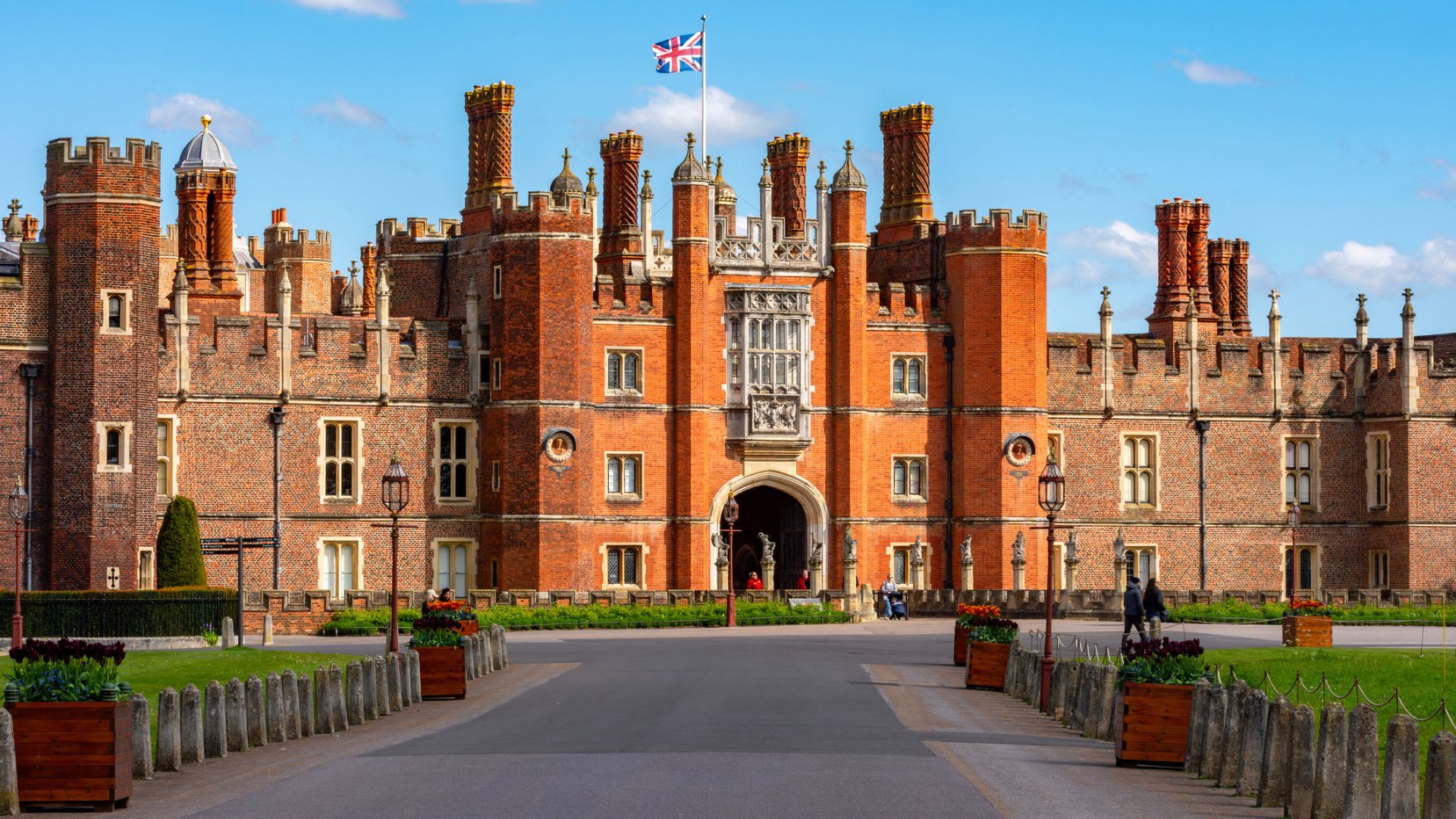

Behind the stately façades of Britain’s grandest historical homes and royal residences lies a catalogue of chaos. From scandalous affairs to deadly feuds, eccentric obsessions to crimes that would make Agatha Christie blush, these houses aren’t just pretty backdrops; they’ve been silent witnesses to all manner of mischief and mayhem.
Naked dinner parties, political betrayals, royal trysts, and more than a few mysterious deaths - whether it’s a crumbling gothic tower or a glittering palace, murky secrets abound as these estates have more than a few scandalous stories to share.
Their exteriors may be elegant, but the tales within are downright wild, so if you're ready for a peek behind the curtain, scroll on…
Appuldurcombe House
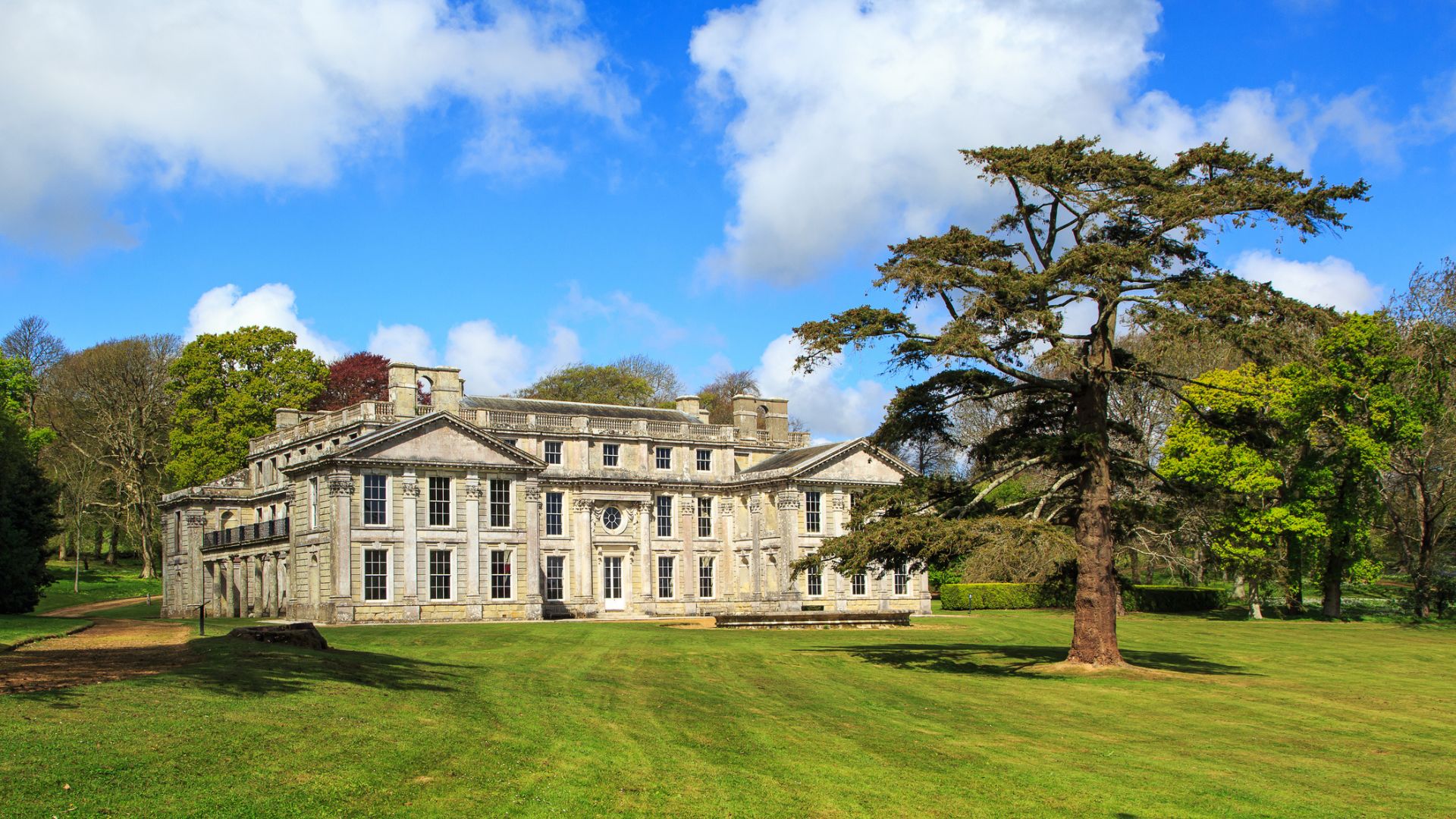
Though famed as a masterpiece of English baroque architecture and certainly one of the grandest houses on the Isle of Wight, Appuldurcombe became infamous thanks to Lady Seymour Worsley; a privileged wild child turned scandalous sensation. In 1781, she eloped with her lover, Captain George Bisset, prompting her husband, Sir Richard Worsley, to sue for damages. But the 1782 trial revealed he had not only enabled her numerous affairs but had watched some of the trysts, leading him to lose the case. As for Lady Seymour, she became a rebellious icon in a society that expected women to stay silent.
Carew Castle
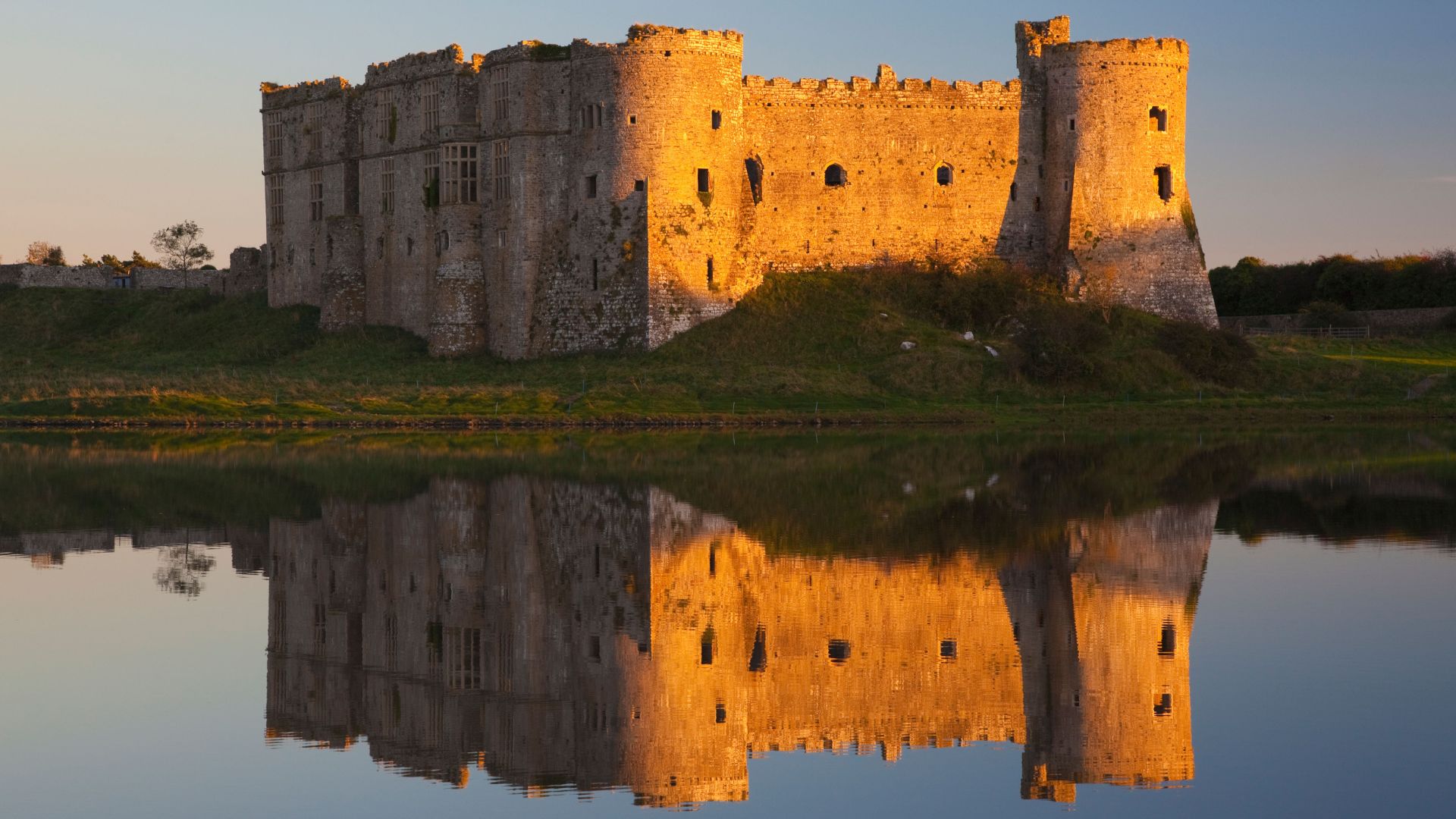
Beneath the fairytale turrets of Carew Castle lies a tale of royal romance, betrayal and bloodshed. Built by Gerald de Windsor, it became infamous after his wife, the striking Nest ferch Rhys, a 12th-century princess whose beauty saw her dubbed the “Helen of Wales”, was abducted from the castle in 1109 by her cousin, Owain ap Cadwgan. Some claimed she went willingly, others called it a scandalous kidnapping. Either way, it sparked a violent feud that led to exile, revenge, and ultimately Owain’s death.
St. James' Palace
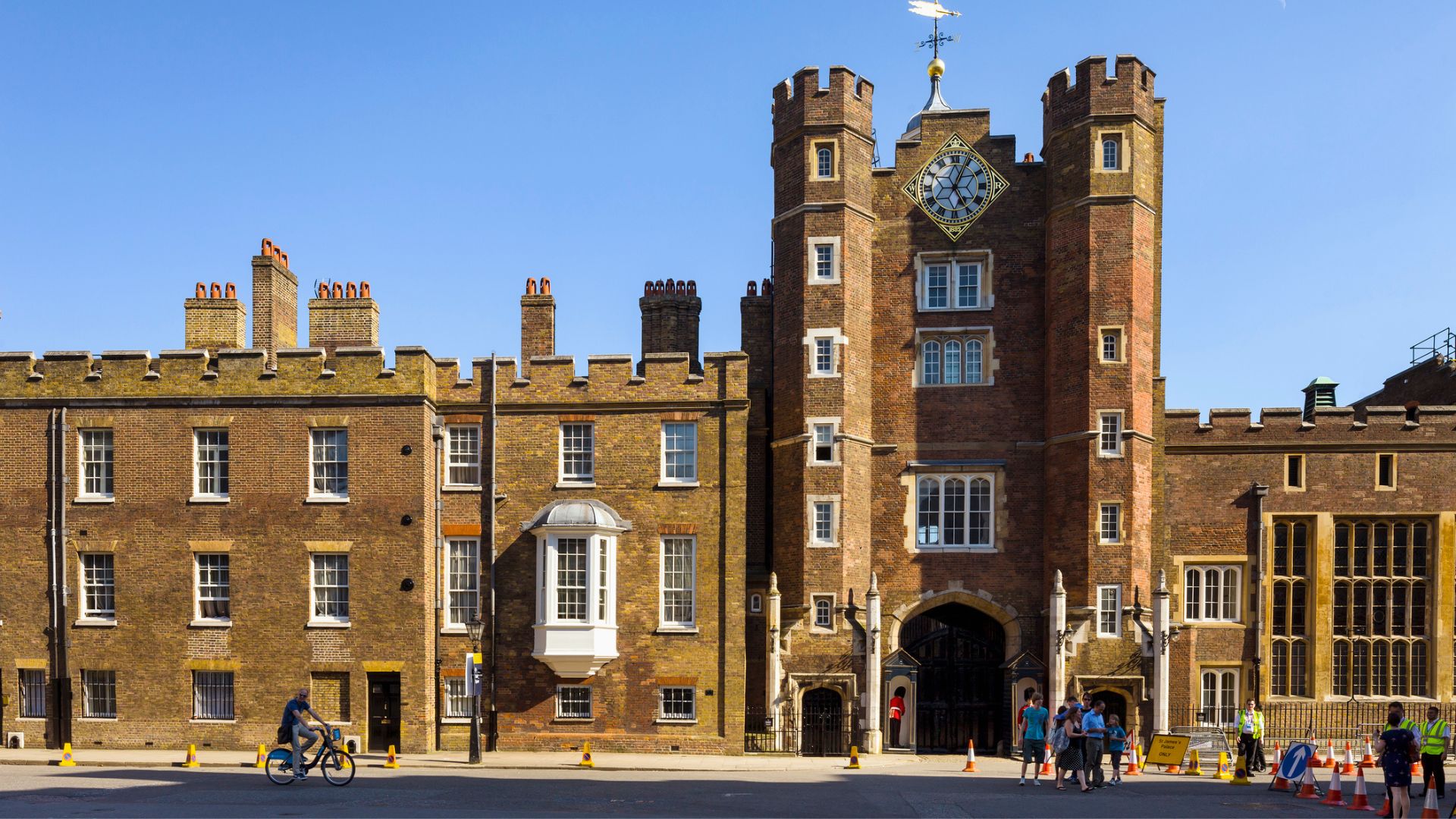
A royal residence for over 300 years, St. James’ Palace, nestled in the heart of the capital, has been the backdrop to countless key events in British history. Perhaps one of the most curious was in 1810, when it became the centre of a 19th-century chilling murder mystery. A palace valet, by the name of Joseph Sellis, was found with his throat slit in a locked room after his employer, the Duke of Cumberland (son of George III), claimed he’d also been attacked in his bed. Rumours swirled: was it murder, suicide, or a royal cover-up?
Chatsworth House
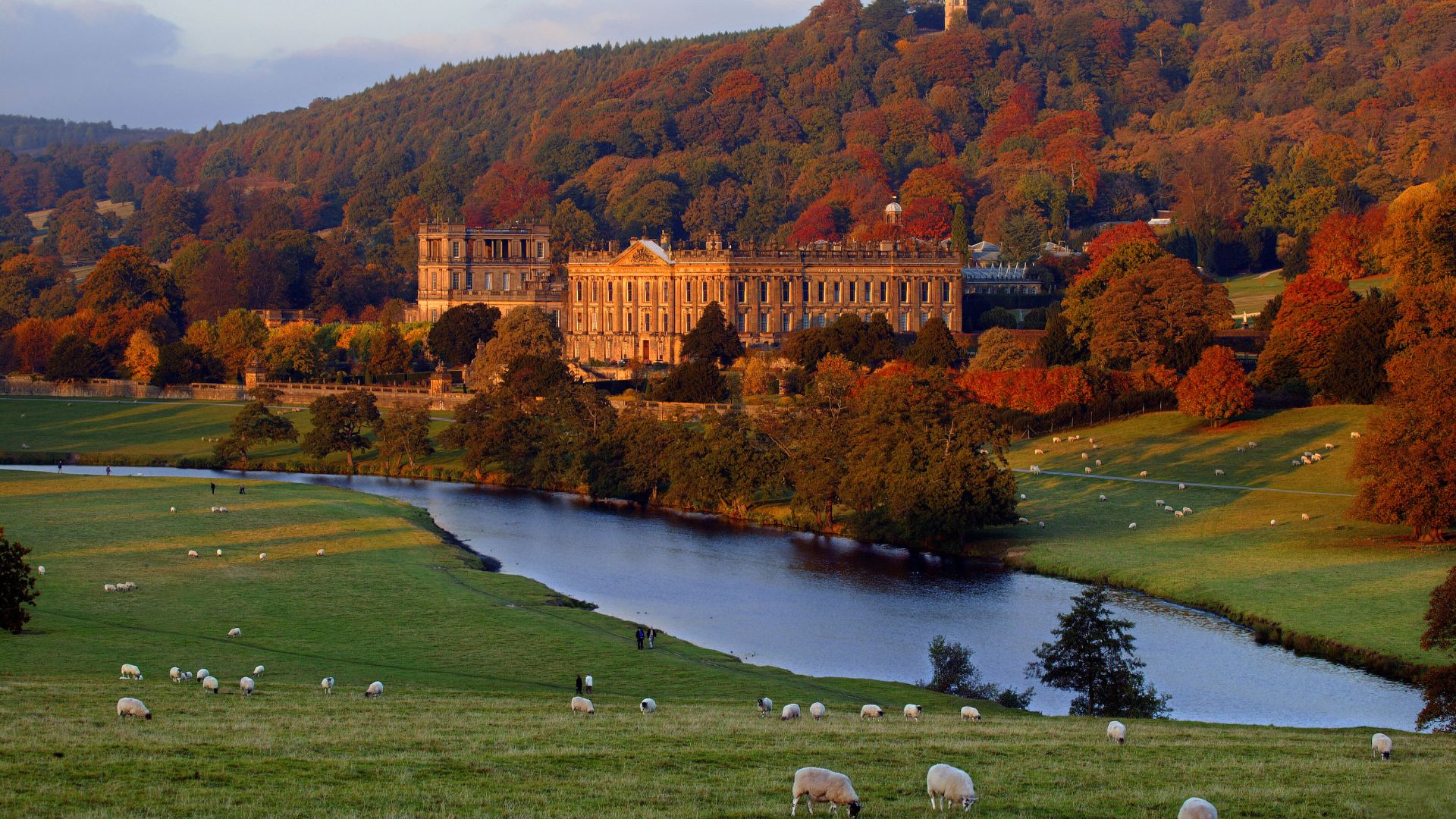
One of Britain’s most iconic stately homes, Chatsworth, nestled in prime Derbyshire countryside, is known for its grand architecture, sprawling grounds, and centuries of aristocratic drama. Most notably in 1774, when Georgiana Spencer (an ancestor of Princess Diana) became Duchess of Devonshire and transformed the estate into a dazzling hub of politics, literature, and scandal. Her best friend, Lady Elizabeth “Bess” Foster, became her husband’s (William Cavendish, the 5th Duke of Devonshire) mistress, and the three of them lived together openly, in an eyebrow-raising throuple. Georgiana also later had a secret affair with future Prime Minister Charles Grey, giving birth to his child in secret exile. Two years after Georgiana’s death in 1809, Bess and William married, but in a nod to true love, the new bride kept a lock of Georgiana’s hair for the rest of her life.
Sign up to our free daily email for the latest royal and entertainment news, interesting opinion, expert advice on styling and beauty trends, and no-nonsense guides to the health and wellness questions you want answered.
Highclere Castle

Long before it doubled as Downton Abbey, Highclere Castle was once home to George Herbert, the 5th Earl of Carnarvon, who famously financed Howard Carter's 1922 discovery of Tutankhamun’s tomb. Shortly after the tomb's opening, Carnarvon died from an infected mosquito bite, fueling rumours of a “pharaoh’s curse”. But much later, in 1988, in a bizarre turn of events, over 300 Egyptian artefacts, including items linked to Amenhotep III, were discovered hidden within the castle, possibly stashed away following disputes over ownership.
The Tower of London
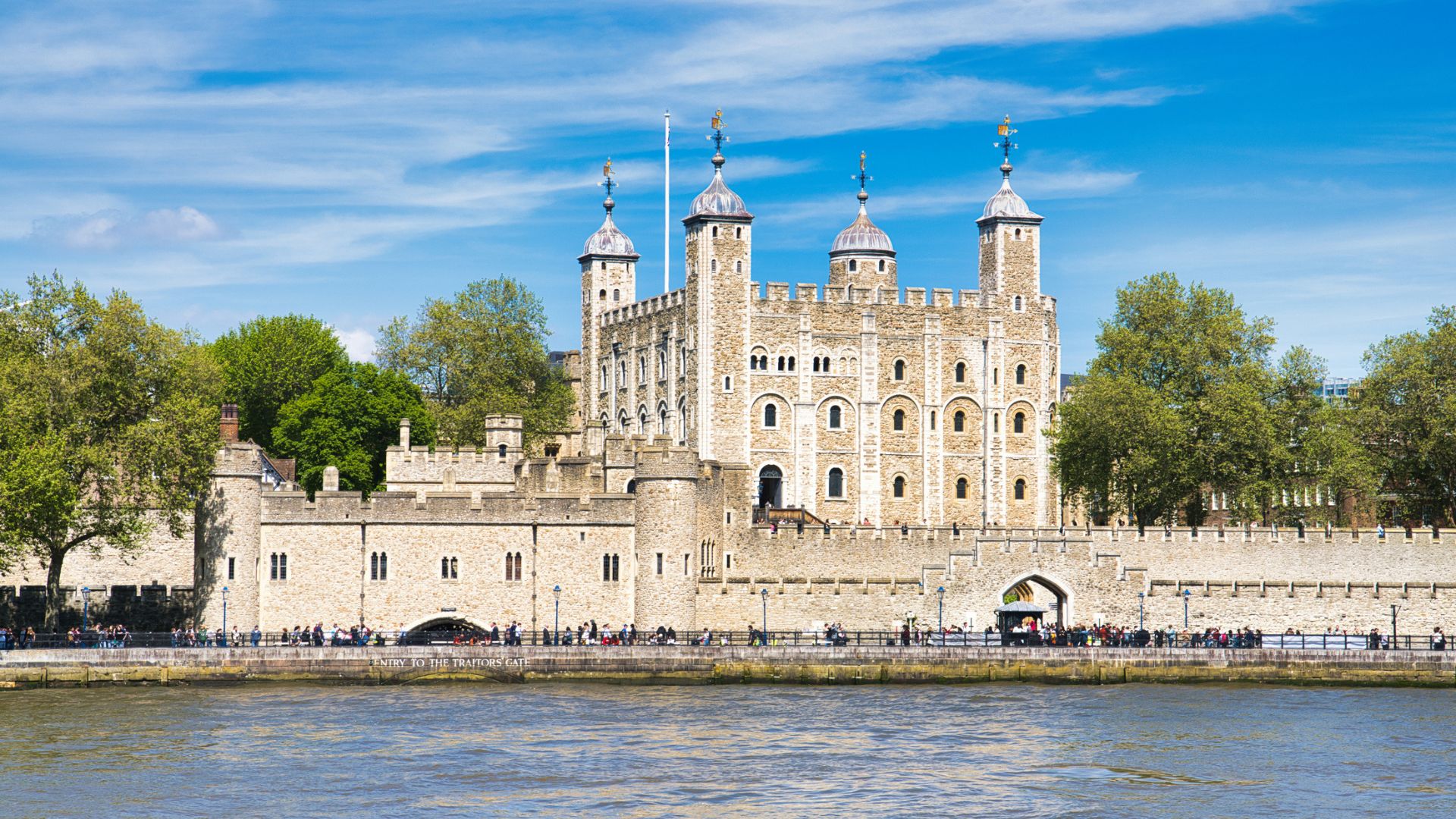
Long before it became a notorious medieval prison, the Tower of London was built as a royal residence by William the Conqueror in the late 11th century. But few royal abodes can match its scandal-laced, blood-soaked history. Chief among them: the chilling mystery of the Princes in the Tower. In 1483, Edward V and his younger brother Richard vanished while under the protection of their uncle, Richard, Duke of Gloucester, soon to be crowned Richard III. Widely believed to have ordered their murder to secure the throne for himself, Richard’s legacy has been shrouded in suspicion ever since.
Brocket Hall
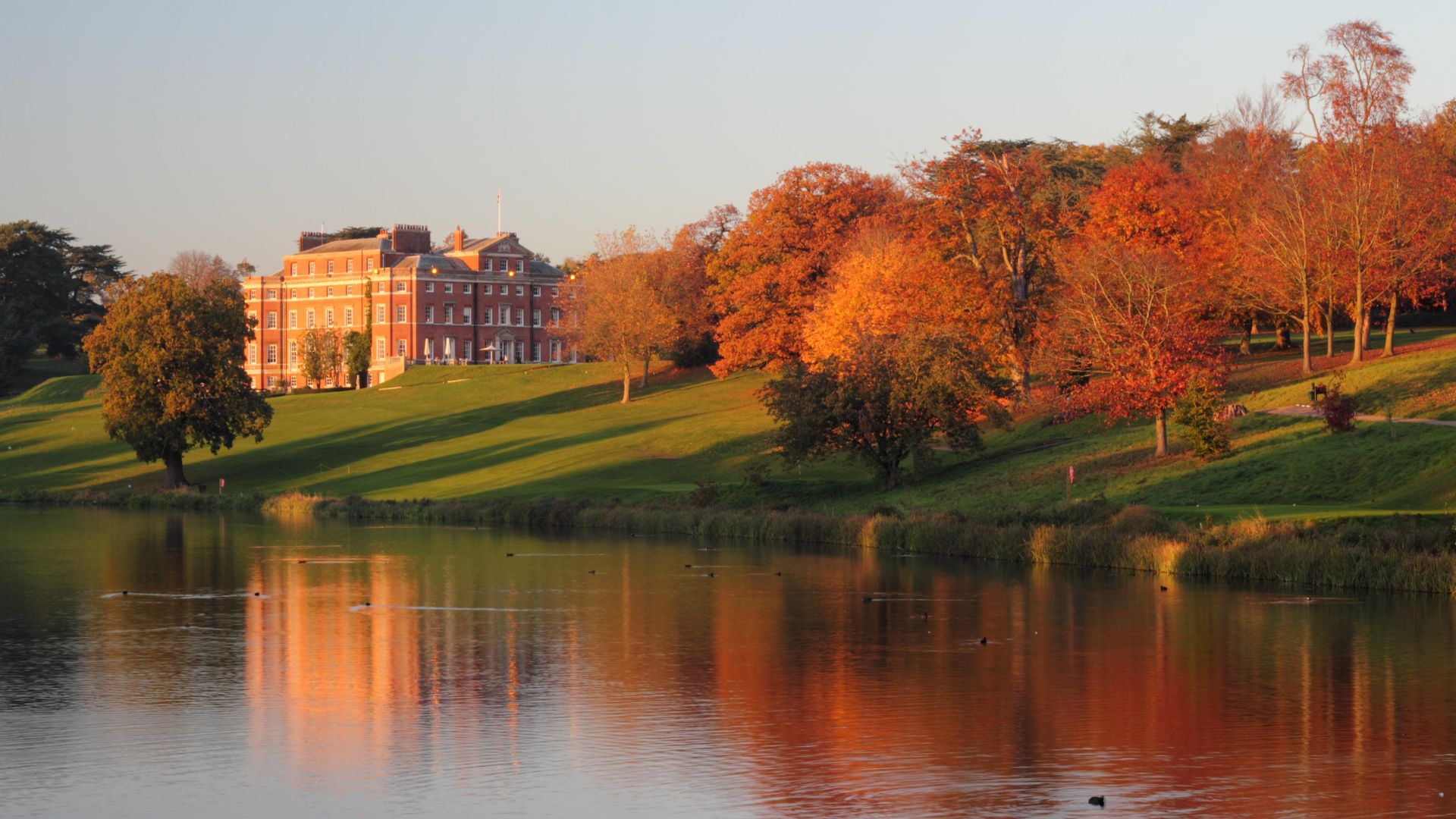
Located in stunning Hertfordshire, Brocket Hall has long been a stage for power, passion, and political drama. It was once home to Queen Victoria’s first Prime Minister, Lord Melbourne and his wife, the infamous Lady Caroline Lamb, who had a fiery affair with Lord Byron and once shocked guests by leaping naked from a silver soup tureen during dinner. Later, Lord Palmerston, another Prime Minister linked to Brocket, died here in 1865, officially of a fever, though whispers claim it happened mid-tryst with a maid on the billiard table. While in the build up to WWII the 2nd Lord Brocket, Arthur Ronald Nall-Cain, a known Nazi sympathiser, was interned for his far right-wing leanings, and in 1939, the War Office took over the estate turning it into a Red Cross maternity hospital.
Hughenden Manor

Not your typical scandal, but one shrouded in secrecy. During WWII, this grand Buckinghamshire country house became the covert base for Operation Hillside, where map-makers created detailed bombing visuals for RAF Bomber Command. So, what thickens the plot? Locals, and even many staff working at Hughenden were led to believe the manor was actually housing evacuees. The truth, buried for decades, only emerged after the operation was declassified.
Belvoir Castle

In the early 1600s, Belvoir Castle (pronounced “Beaver”) in Leicestershire was rocked by a chilling witchcraft scandal. After the Earl and Countess of Rutland and their children fell ill with violent symptoms, their two sons died, leaving the family without a male heir. Accusations fell on dismissed servants Joan Flower and her daughters, Margaret and Philippa, herbalists accused of revenge by curse. Joan died en route to trial, while her two daughters were executed in 1619.
Edinburgh Castle

In 1440, 16-year-old William Douglas and his younger brother David, thought to have barely been in his teens, were invited to dine at Edinburgh Castle with 10-year-old King James II. But the feast ended in horror when a bull’s head, the symbol of execution, was slammed on the table. Seized by rival powerbrokers Crichton and Livingston, the boys were dragged outside, tried in a sham court, and beheaded. The brutal betrayal is said to have inspired Game of Thrones’ infamous Red Wedding.
Glamis Castle

Said to have been born and to have died on the same day at Glamis Castle in Angus, Thomas Lyon-Bowes, son of the late Queen Mother’s great-grandparents, became the subject of eerie speculation. The child’s midwife apparently claimed he was a “deformed, but healthy” baby, fuelling rumours that he didn't die, but was actually locked away in a tower and raised in isolation. The rumour gained momentum and gave rise to the enduring legend of the “Monster of Glamis”. But, the castle’s dark reputation doesn’t end there, as in 1034, King Malcolm II of Scotland was allegedly murdered on the grounds, left to bleed to death after a violent attack.
Cliveden House

Perhaps home to the most scandalous society drama of them all, Cliveden House, a grand riverside estate in Berkshire, played backdrop to the infamous Profumo Affair. In 1961, Secretary of State for War John Profumo (then 46 and married) began a relationship with 19-year-old showgirl Christine Keeler, who was also involved with Yevgeny Ivanov, a Soviet naval attaché. What started as one of Lord Astor’s pool parties quickly became a tabloid page-turner, and ultimately a sex-and-spy scandal that shook the government, led to Profumo’s resignation in 1963, and contributed to the downfall of the Macmillan government.
Clandon Park
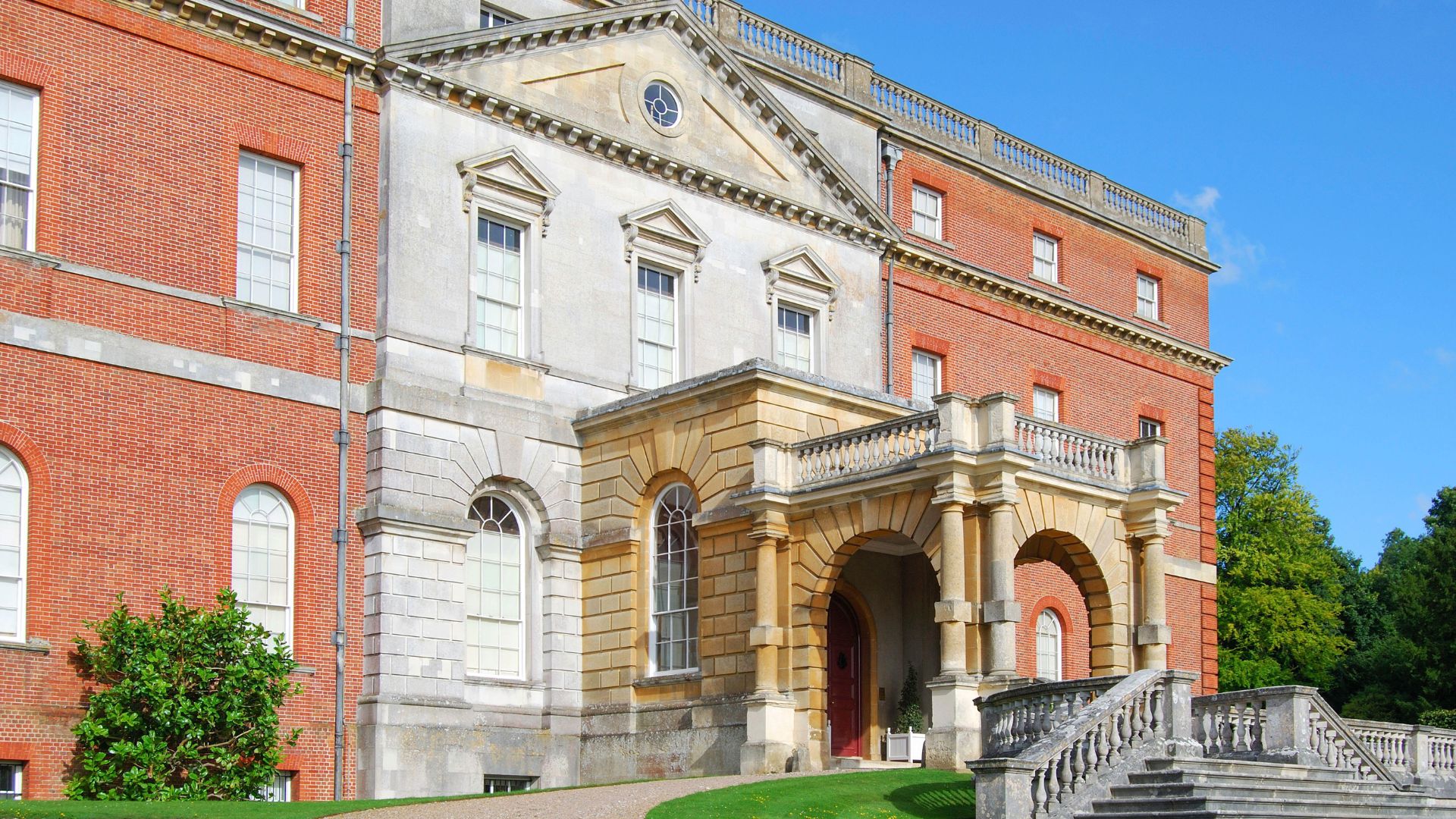
The scandal surrounding Clandon Park isn’t your typical aristocratic affair but instead a modern-day heritage controversy. After a devastating fire in 2015 gutted the early 18th-century Surrey mansion, leaving only one room intact, a very public spat erupted between the National Trust, who propose leaving the house as a “managed ruin”, and Restore Trust, a splinter group campaigning for full restoration of the Marble Hall and other interiors. Critics, including some of the descendants of the original family, argue this approach erases the home’s historic significance, compounded by an ongoing debate over how the Trust has addressed the property's links to slavery.
Witanhurst
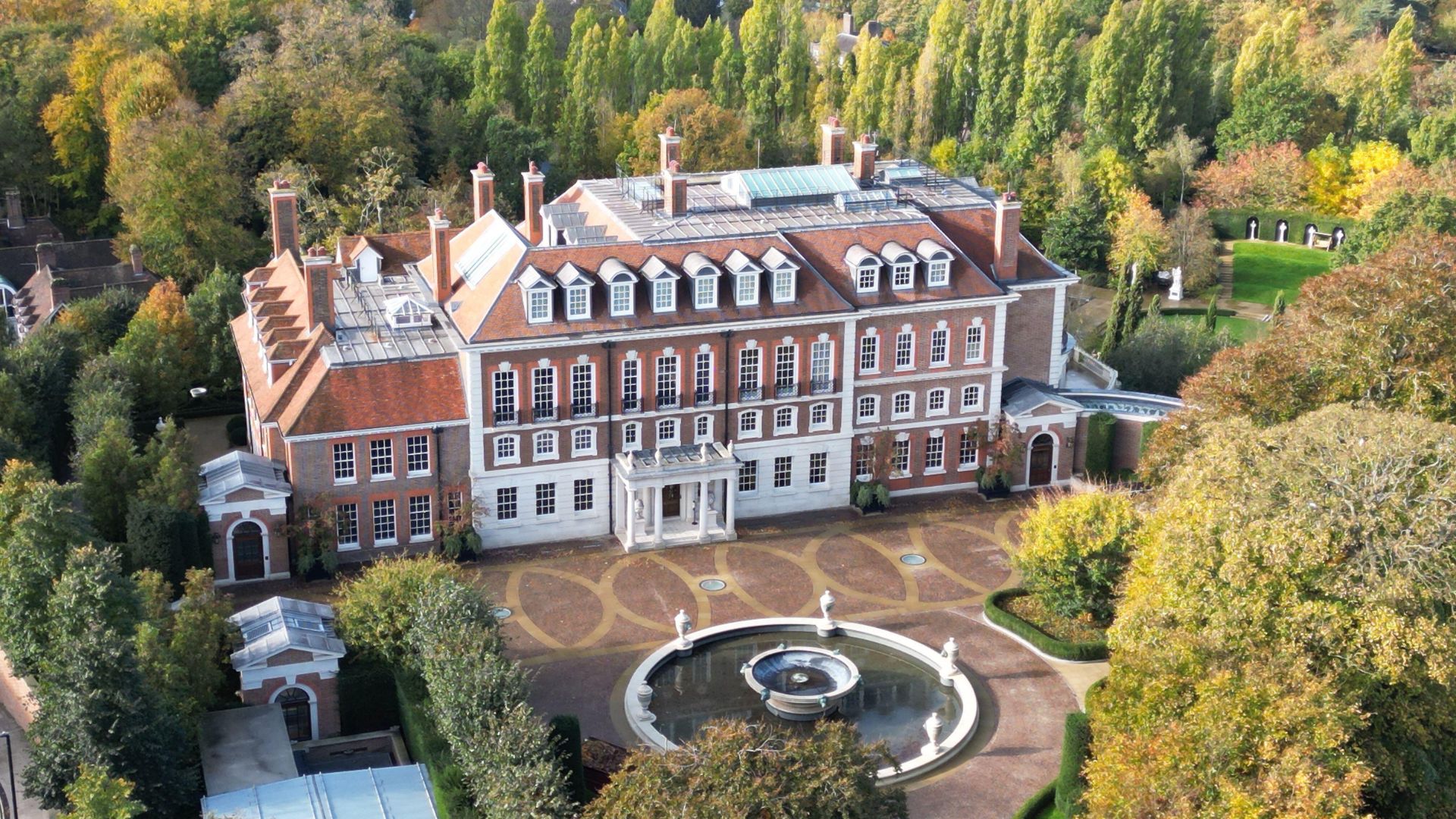
Second only to Buckingham Palace in terms of property size in London, Witanhurst is a sprawling Hampstead mansion with a murky modern twist. Once home to a soap tycoon and glittering post-Wimbledon parties, it later sat eerily underused, until it was finally discovered that it had secretly been bought via offshore firms linked to Russian oligarchs. Within its walls was a woven web of lies that surrounds hidden wealth, shadowy shell companies, and power laundering.
Ardlamont House
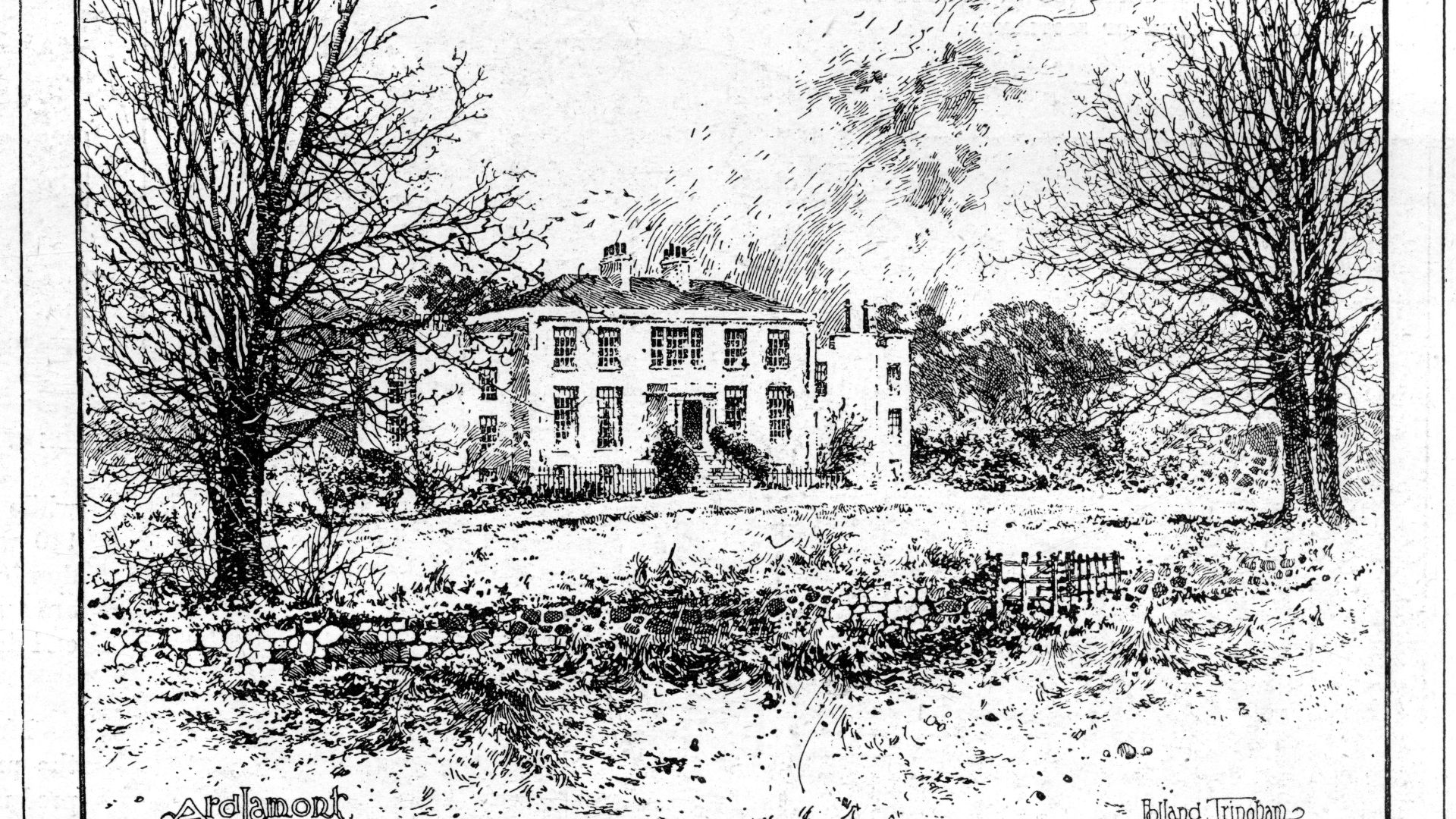
In 1893, this tranquil Argyll estate became the backdrop to a chilling murder mystery. Young aristocrat Windsor Dudley Cecil Hambrough was fatally shot during a hunting trip with his tutor, Alfred Monson, and a “dubious” companion, Edward Scott. Suspicion deepened when it emerged Monson had recently taken out life insurance on Hambrough, and that the fatal shot came from Monson’s gun, not Hambrough’s. Despite forensic testimony and commentary from Sir Arthur Conan Doyle himself, the trial ended with Scotland’s “not proven” verdict, leaving one of the era’s most baffling whodunnits unresolved.
Uppark House

Uppark House in West Sussex is no stranger to scandal, thanks to its rakish second baronet, Sir Harry Fetherstonhaugh, a close friend of the Prince Regent (later King George IV). At 26, he began a passionate affair with 15-year-old Emma Hart (later Lady Hamilton and Lord Nelson’s famous mistress), whom he’d hired as a party hostess. When she became pregnant a year later, he cast her out. Decades on, true to form, the 71-year-old baronet married 21-year-old dairy maid Mary Ann Bullock, whom he controversially left Uppark to after his death at 90.
Wilton House
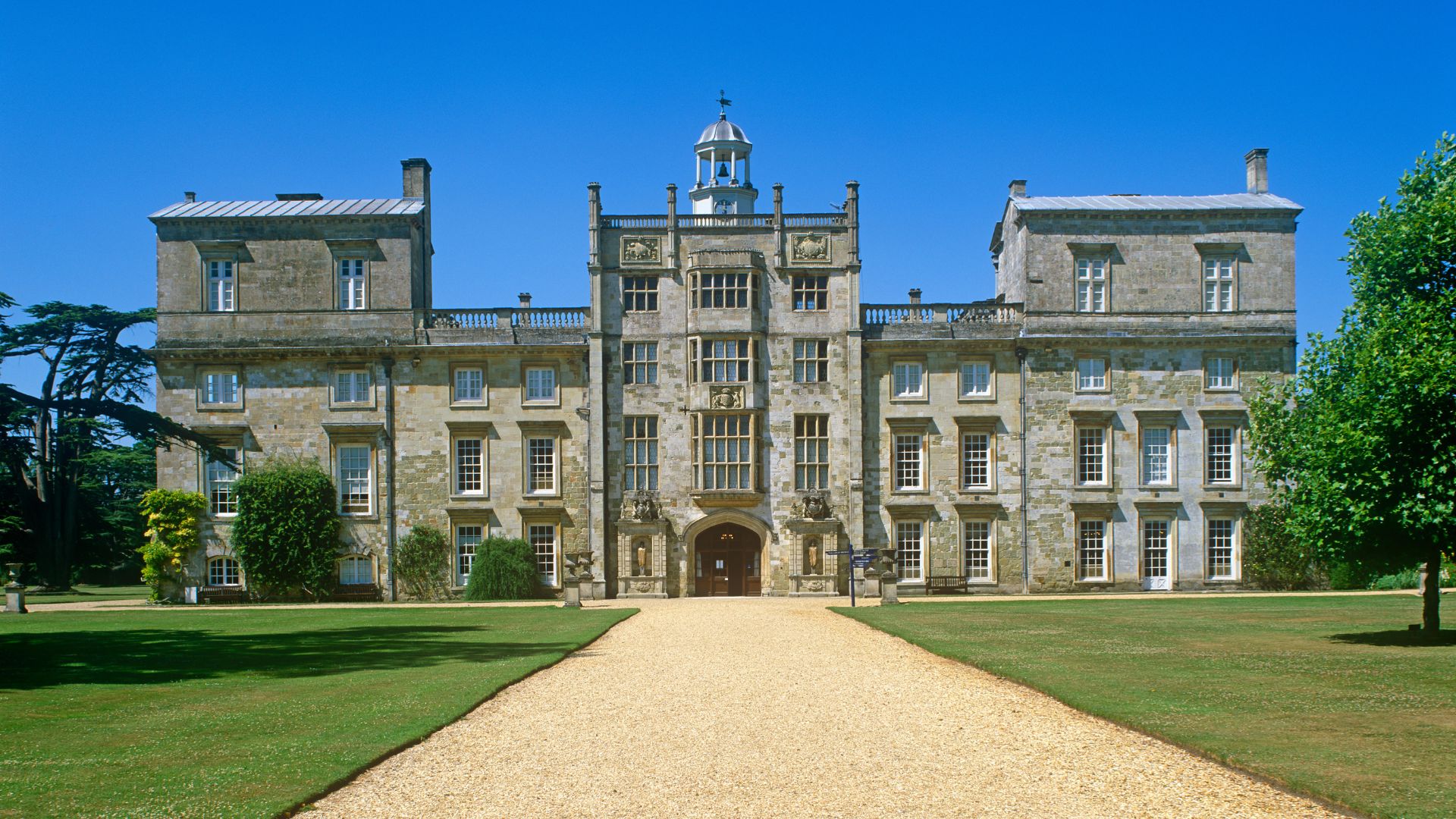
Behind its stately Palladian façade, Wilton House was once home to one of Britain’s most violent aristocrats, Philip Herbert, 7th Earl of Pembroke. The 17th-century writer and antiquary John Aubrey, best known for his gossipy yet historically rich Brief Lives, described Pembroke as keeping 52 mastiffs, 30 greyhounds, bears, and even a lion at the Wiltshire property, along with “60 fellows more bestial than they”.
Pembroke’s explosive temper earned him a stay in the Tower of London in 1678 by order of Charles II for “blasphemous words and actions,” and just weeks later, he beat a man named Nathaniel Cony to death in a tavern. Tried by his peers, Pembroke was found guilty of manslaughter but escaped punishment by claiming the privilege of peerage.
He later assaulted the Earl of Dorset and, in 1680, murdered a night watchman named William Smeeth after a drunken evening. Though he could no longer claim peerage protection, he was pardoned after 24 peers petitioned the king. Some historians have also linked him to the infamous murder of magistrate Sir Edmund Berry Godfrey, found impaled on his own sword in 1678, who had been foreman of the grand jury that indicted Pembroke for Cony’s death. Though never proven, the motive was compelling.
Hampton Court Palace
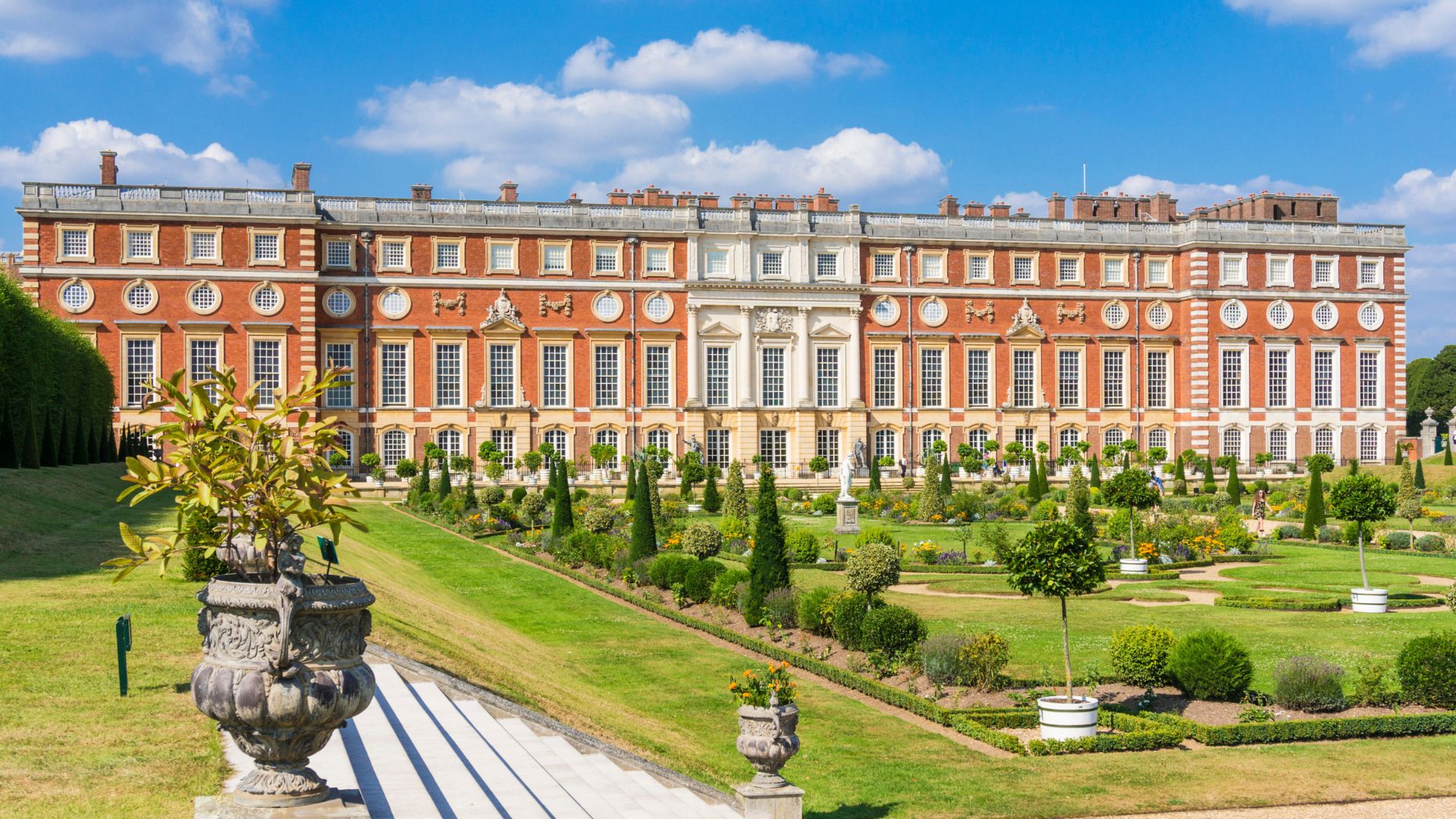
Hampton Court is unquestionably ground zero for Tudor scandal. This is where a married Henry VIII openly courted Anne Boleyn, only to later accuse her of adultery and witchcraft so he could marry Jane Seymour, who died on the property just days after giving birth to his only male heir. He later wed teenager Catherine Howard, but when her real affair with Thomas Culpepper came to light, she was swiftly executed. With all this betrayal, heartbreak, and death, it’s no surprise the Greater London palace is rumoured to be one of the most haunted hotspots in the country.
Pengersick Castle
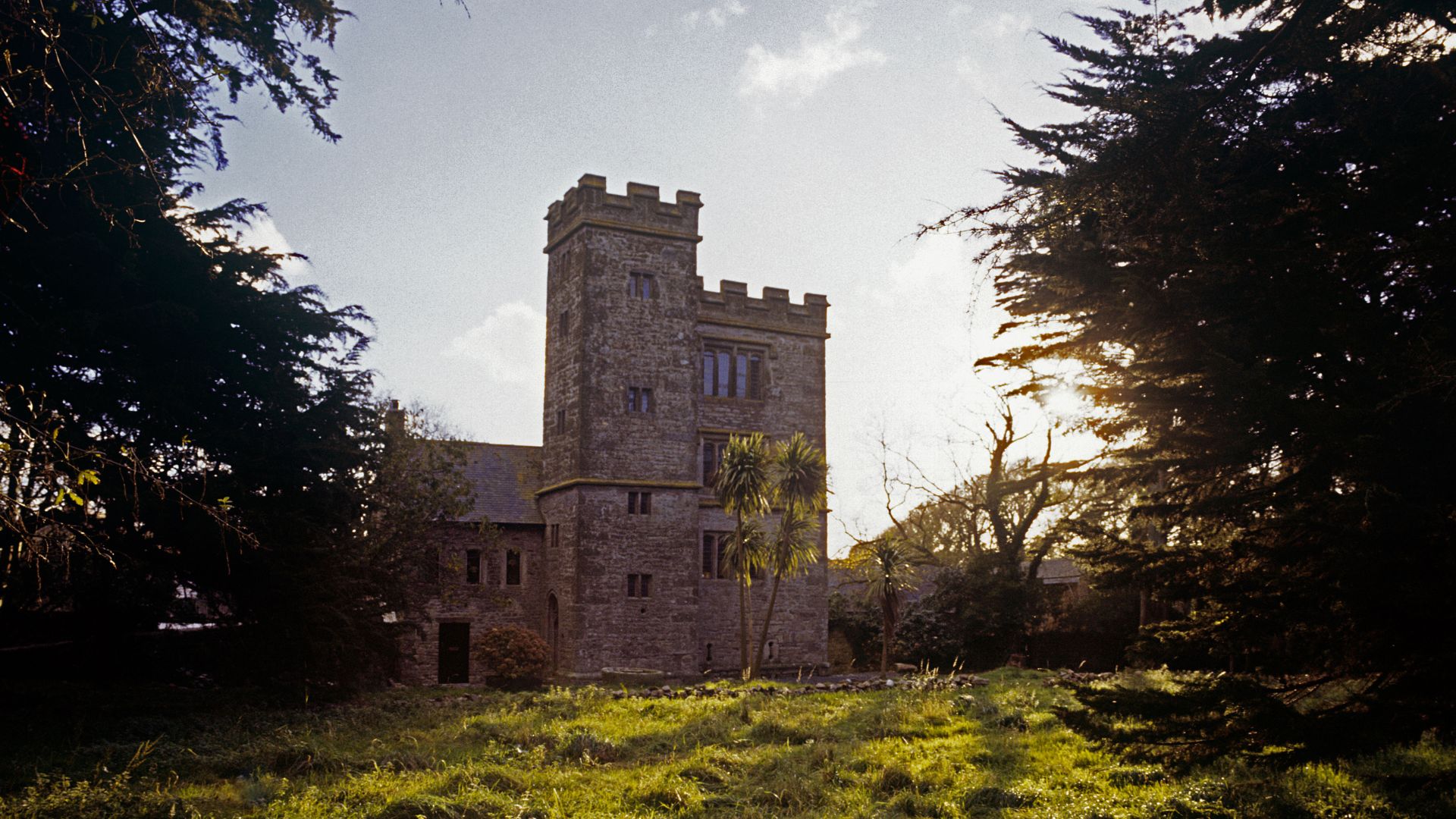
This foreboding Cornish medieval manor has earned a reputation as one of the most haunted spots in England. Legends whisper of murderous monks, poisoned wives, and devil worship. Though likely more myth than fact, these tales have fuelled ghost stories for centuries. The spirit of a woman writhing in agony is said to haunt the master bedroom, and the castle’s eerie grounds still lure thrill-seekers hoping to glimpse spectral monks, a vengeful black dog (a tale told by smugglers), and the infamous Lady in the Window.
Kensington Palace
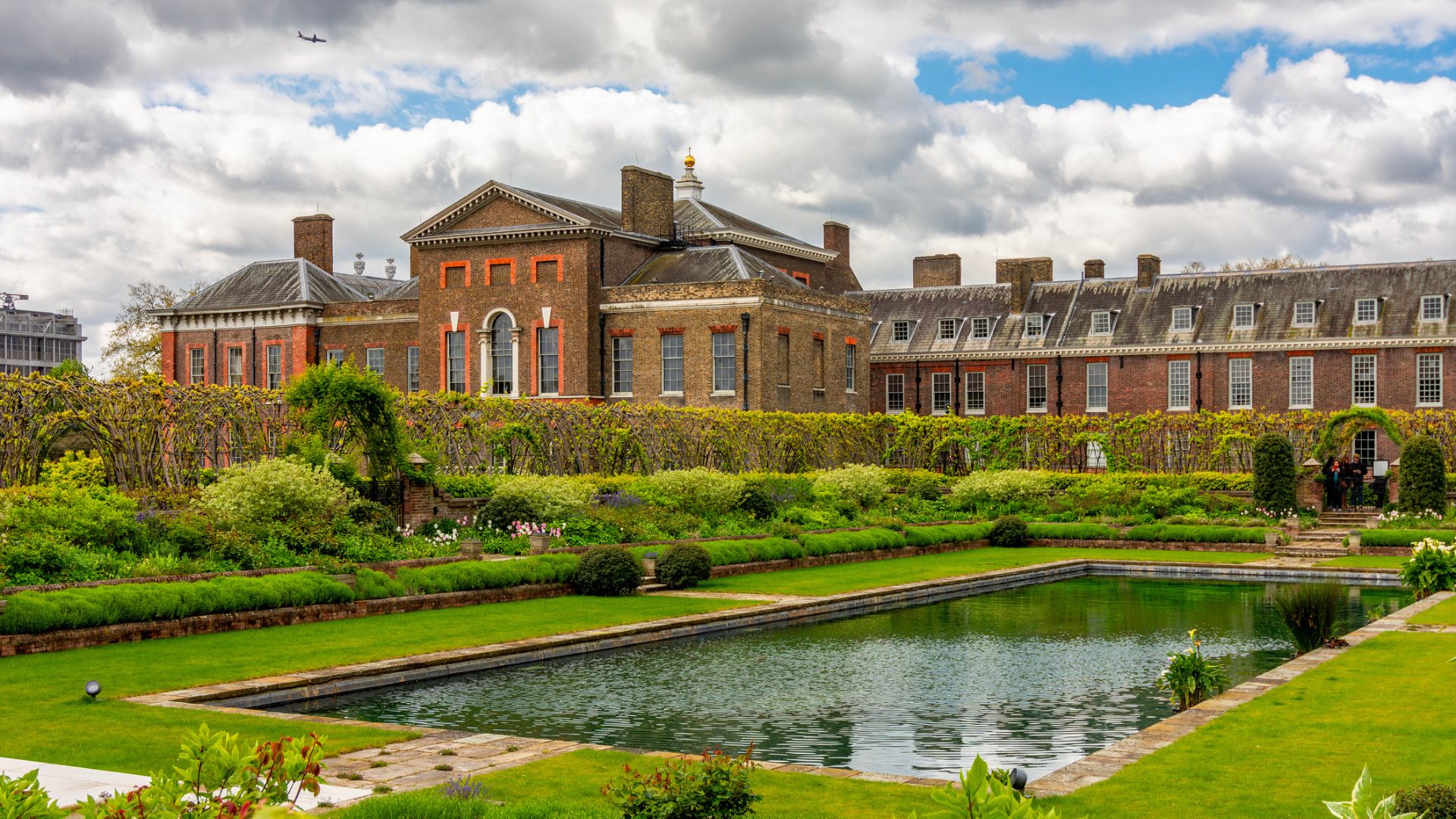
Perched on the edge of London's Hyde Park, Kensington Palace has long been a stage for royal intrigue. In 1839, Lady Flora Hastings, lady-in-waiting to Queen Victoria's mother, was falsely accused of being pregnant by Sir John Conroy, a rumour allegedly fuelled by the young Queen herself. In truth, Lady Flora had a fatal liver tumour, and the scandal cast a shadow over Victoria's early reign.
A century earlier, Queen Anne’s intense relationships with Sarah Churchill and Abigail Masham here sparked whispers of romance and political power plays. And in the 1970s, Princess Margaret’s affair with Roddy Llewellyn, 17 years her junior, scandalised the nation and helped end her marriage to Lord Snowdon, cementing the palace’s status as a hotbed of royal gossip and rebellion.
Blenheim Palace

This opulent Oxfordshire estate has certainly seen its fair share of scandal, not least the loveless 1895 marriage between American heiress Consuelo Vanderbilt and the 9th Duke of Marlborough. It wasn’t long into their tumultuous relationship that both strayed: she with aristocrats and members of high society, he with the eccentric Gladys Deacon, whom he later married. Gladys famously kept a revolver at the dinner table and was eventually locked out of the palace by the Duke, living the rest of her life in seclusion.
Hatchlands Park
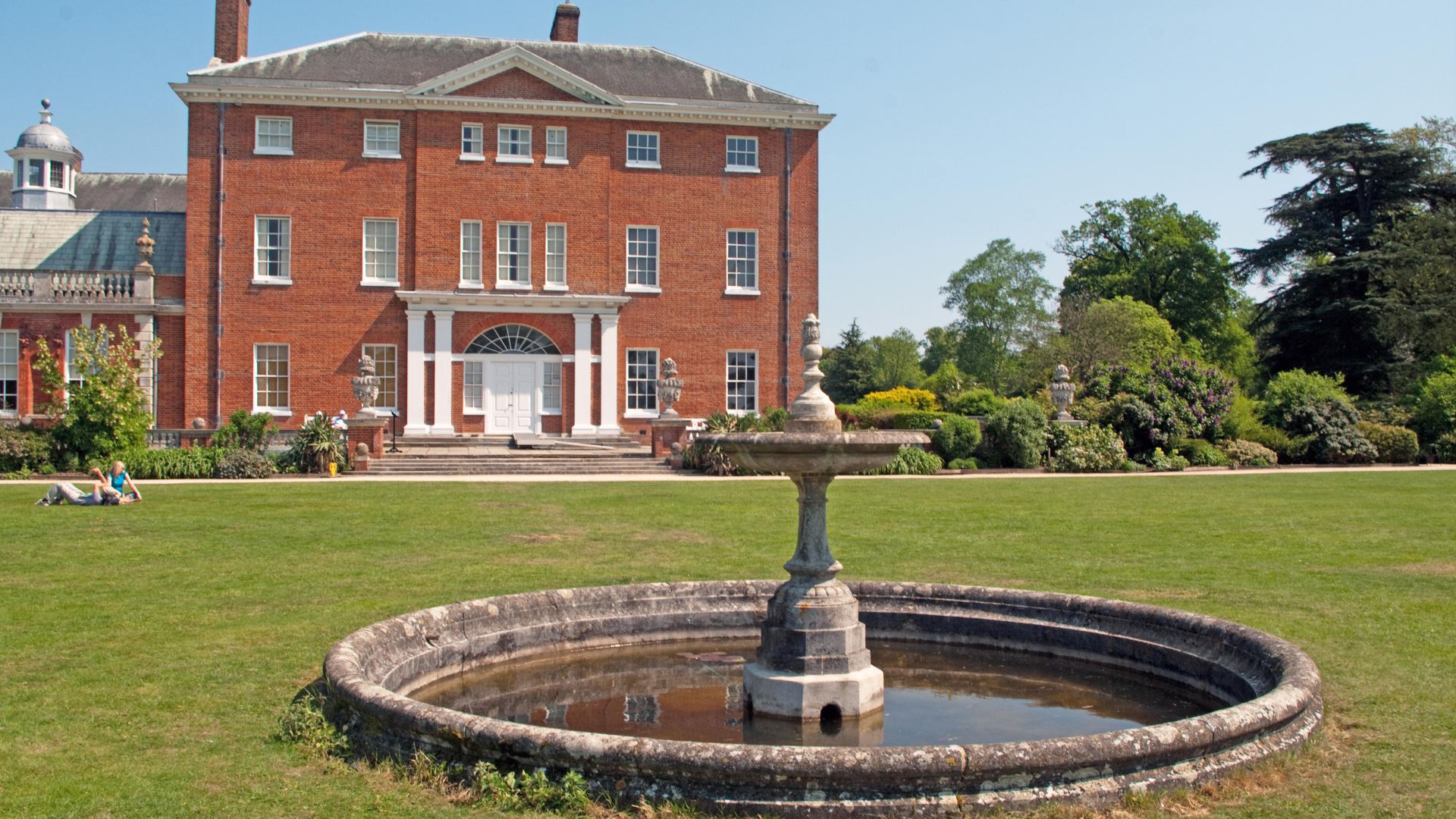
Born into privilege at Hatchlands in Surrey in 1862, Beatrice Holme Sumner ignited one of Victorian society’s biggest scandals of the time. At just sixteen, she began an affair with married banker Charles Hoare, 15 years her senior and father of five. Despite being made a ward of court and exiled to Berkeley Castle, Beatrice reunited with Hoare at 21 and bore him a child, Sybil, sparking a sensational court case. The fallout shattered reputations, forced family exiles, and even led to the sale of Hatchlands.
Berkeley Castle

Berkeley Castle, a magnificent medieval fortress in Gloucestershire, has been the ancestral home of the Berkeley family for centuries and is one of the most continuously occupied castles in England, but in the 1680s, a family scandal nearly brought the clan to its knees when Lady Henrietta Berkeley, daughter of the 1st Earl of Berkeley, embarked on a scandalous affair with her older sister’s husband, Lord Grey of Warke.
When the affair was discovered, her family attempted to separate them, but Henrietta defied societal norms by eloping with Grey and living under an alias. The ensuing legal battle captivated the public, with Henrietta boldly and brazenly defending her choices in court. The affair shocked society, inspired Aphra Behn’s novel Love-Letters Between a Nobleman and His Sister, and nearly ruined the family’s reputation.
Cumnor Place
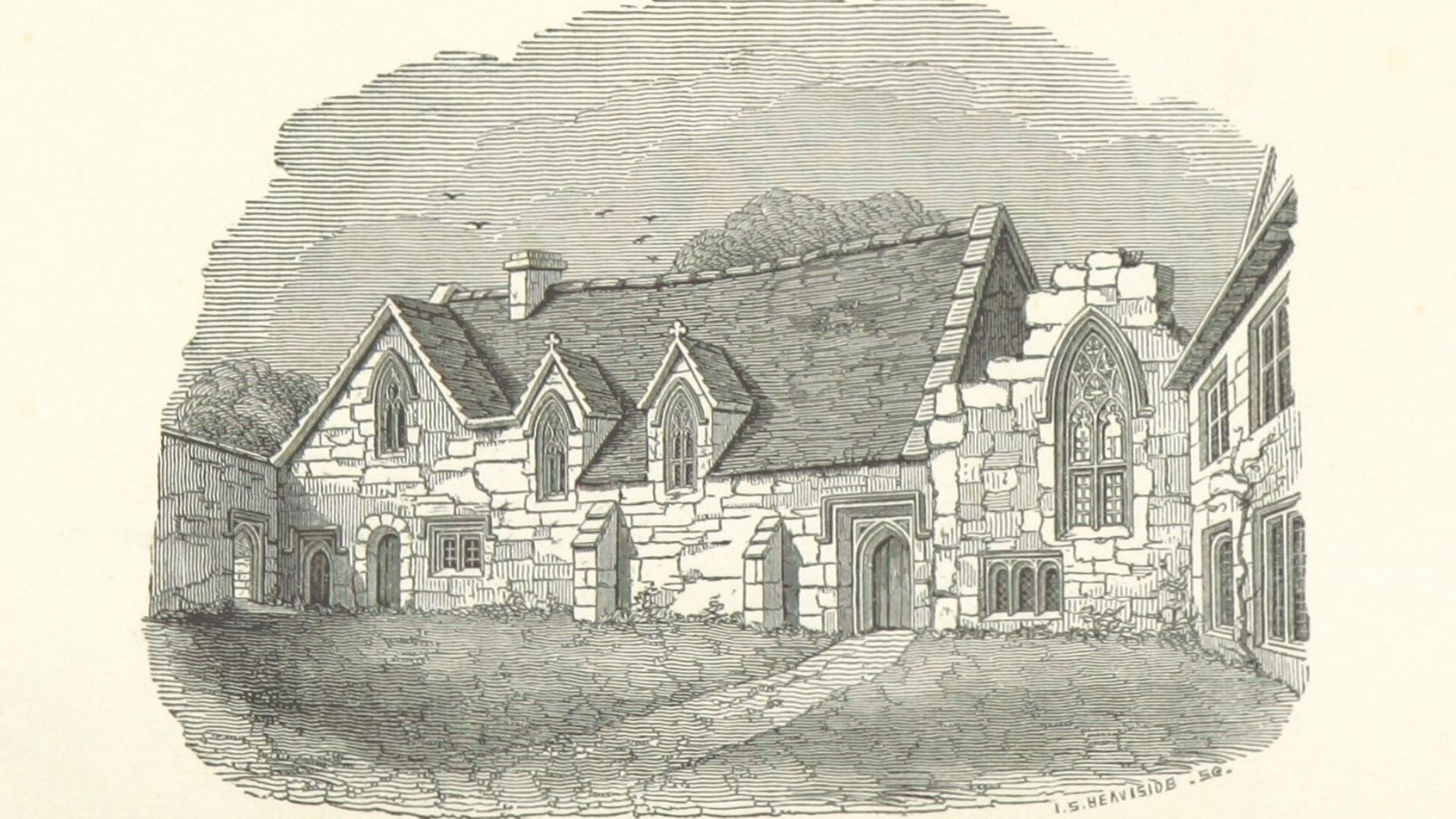
On September 8, 1560, while her servants were away at a fair, Amy Dudley, wife of Queen Elizabeth I’s favourite, Robert Dudley, was found dead at the foot of a staircase in their Oxfordshire home. Though Dudley was at Windsor with the Queen at the time, some suspected he arranged her death to clear the way for his marriage to the monarch, while others whispered of suicide, driven by heartbreak as his affections drifted. An inquest ruled it an accident, but rumours of foul play never faded.
Knole
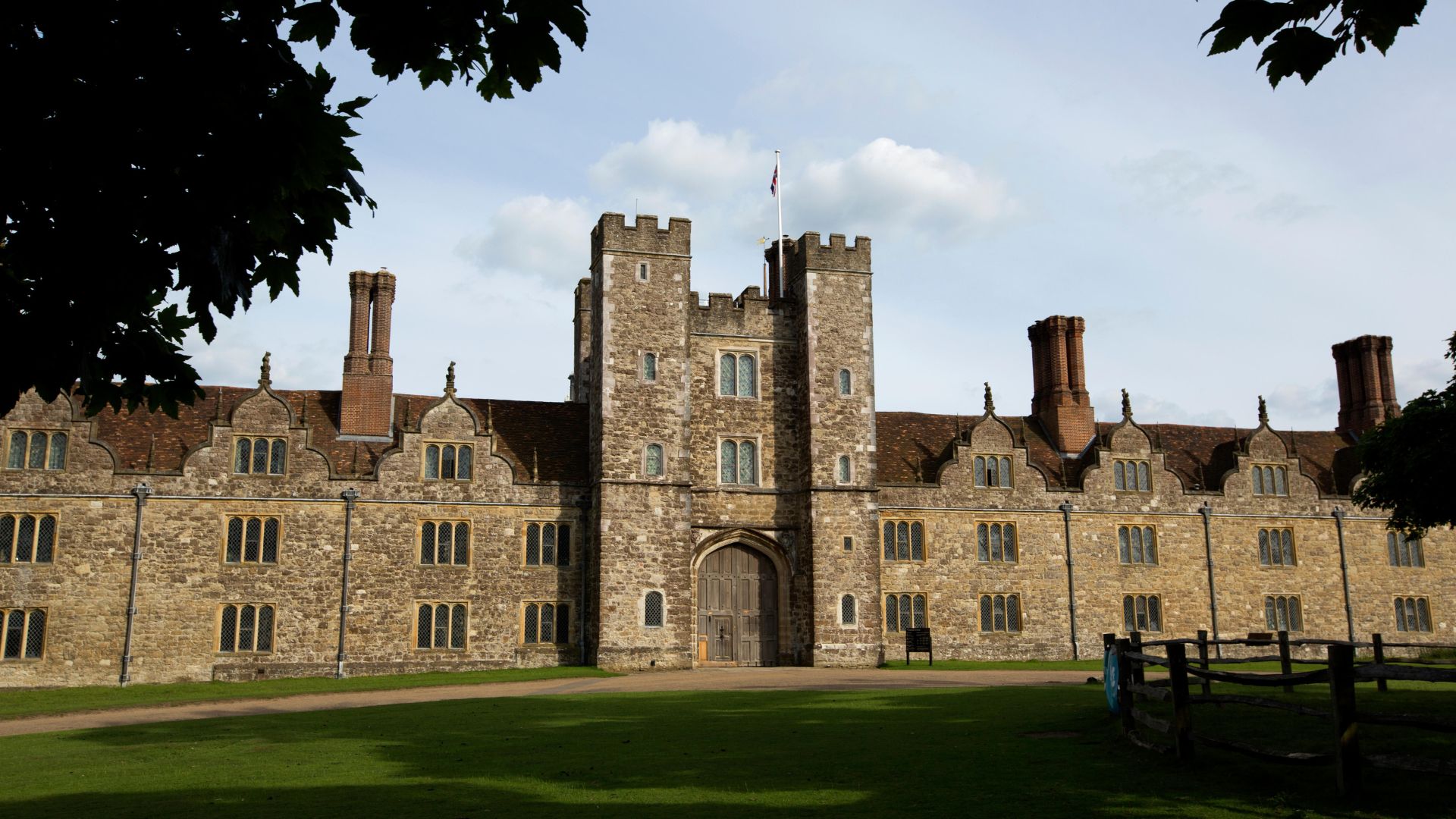
The sprawling Jacobean estate of Knole in Kent has a history tangled in illicit affairs, illegitimate heirs, and bitter inheritance battles. In the 18th century, John Frederick Sackville, 3rd Duke of Dorset, had a long affair with Italian ballerina Giovanna Baccelli, who bore him an illegitimate son and lived at Knole, until he married heiress Arabella Cope, who had Baccelli’s sensual statue banished to the attic.
Decades later, descendant Lionel Sackville-West’s liaison with Spanish dancer Pepita de Oliva produced several children out of wedlock. After his death, their daughter Victoria proved her own illegitimacy in court to help her husband, the “rightful heir”, inherit Knole over her brother Henry, who later took his own life.
Scandal continued with Victoria’s daughter, Vita Sackville-West, a poet and Virginia Woolf’s lover, who immortalised Vita and Knole in Orlando. Like Vita, her husband Harold Nicolson quietly pursued same-sex relationships, in an open-marriage arrangement that, if known publicly, would have shocked more than just their social circle.
Marlborough House
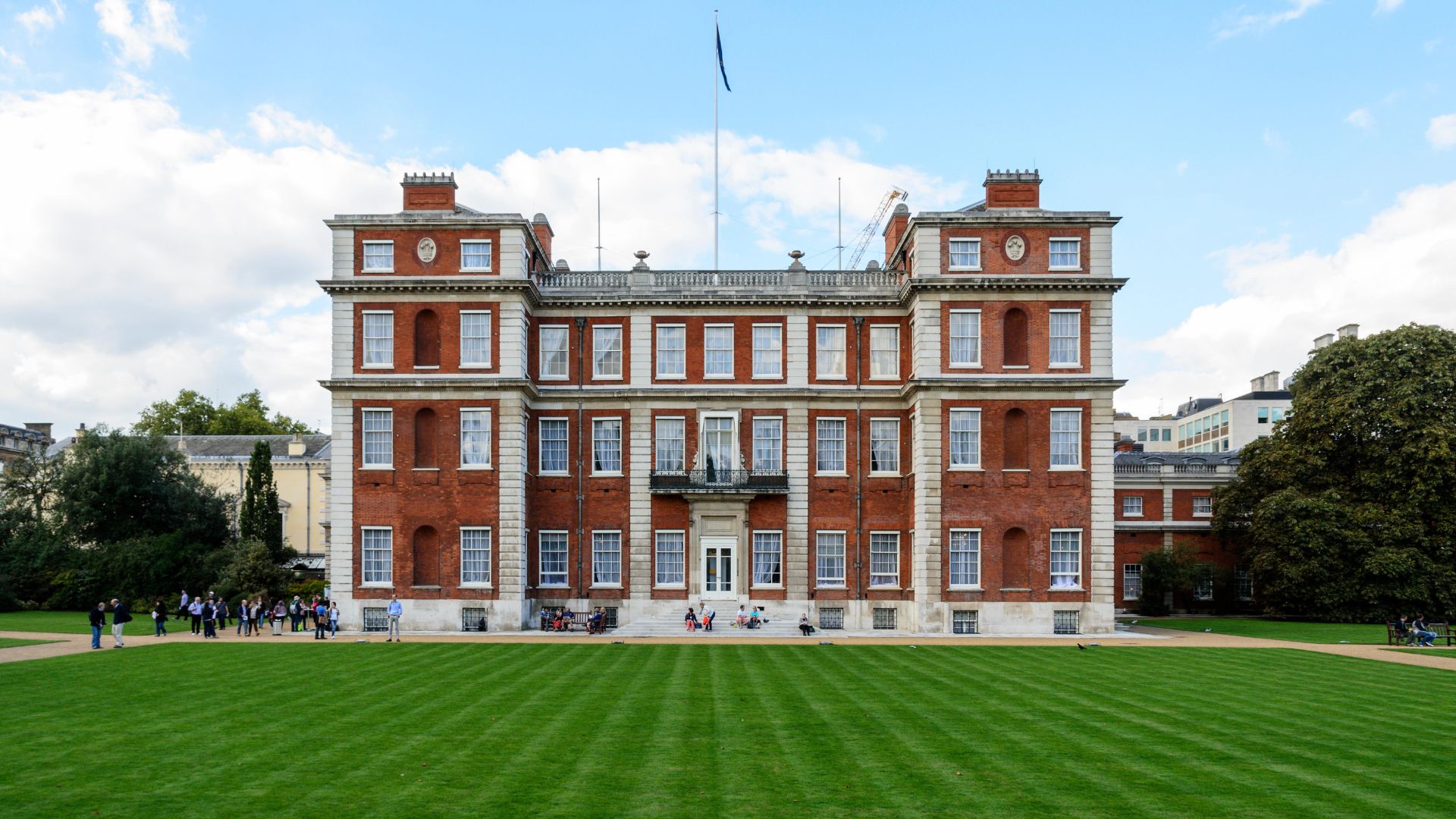
London’s Marlborough House was the official residence of Queen Victoria’s eldest son, Edward VII, during his decades as Prince of Wales in the late 19th and early 20th centuries. The grandiose house notoriously became the epicentre of his scandalous social life.
While Buckingham Palace remained the formal royal seat, Marlborough House provided a more relaxed and private setting, perfect for entertaining his notorious inner circle, known as “Bertie’s Set,” famed for their loose morals and glittering social scandals. Here, Edward hosted raucous dinners and lavish parties, often attended by his celebrated mistresses, including actress Lillie Langtry, Daisy Greville (Countess of Warwick), and Alice Keppel (the great-grandmother of Queen Camilla). Rooms were allegedly arranged to discreetly accommodate these romantic liaisons, fuelling gossip across high society and beyond.
Middlewick House
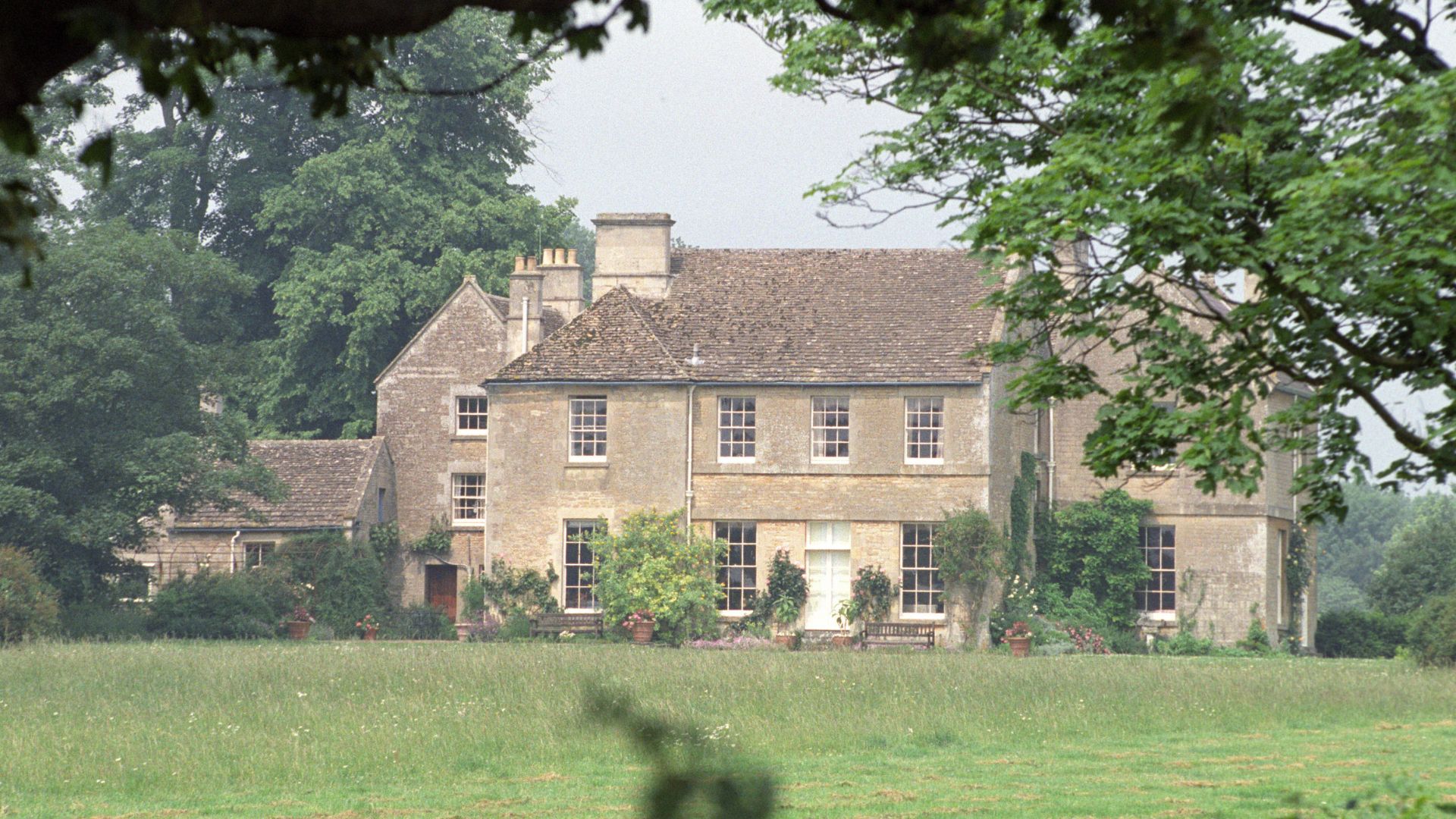
This charming country home, nestled in the lush Wiltshire countryside, became part of royal scandal lore in 1993, when a story was published on how in 1989, a private phone call between the then married Prince Charles and Camilla Parker Bowles, who was at Middlewick House and still married to Andrew Parker Bowles, was intercepted and later leaked to the press. Dubbed “Tampongate,” the conversation’s intimate tone stunned the nation and fueled tabloid frenzy, laying bare the affair that would ultimately redefine the royal family’s future.
Clarence House
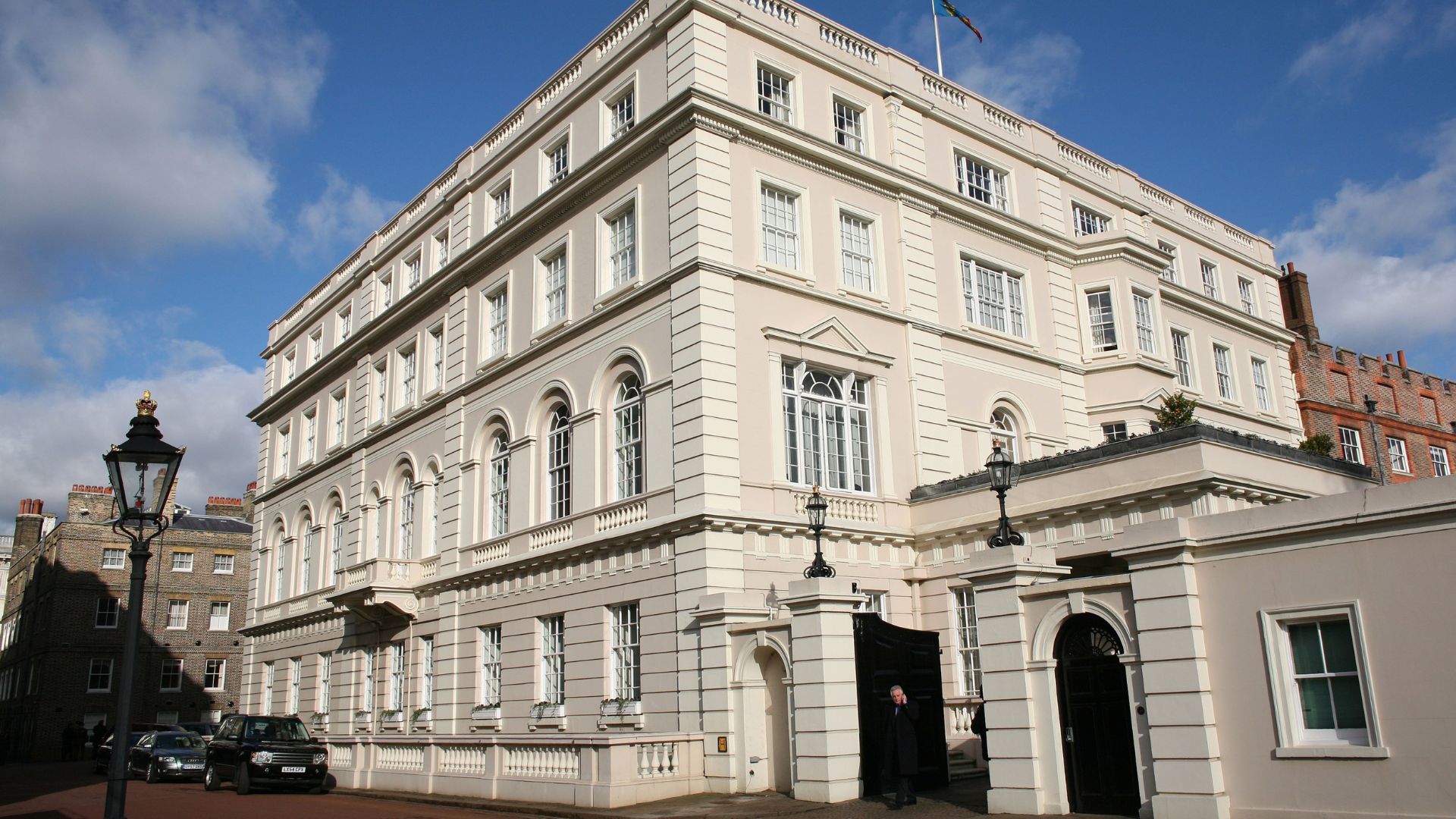
In the 1950s, this London royal residence was home to Princess Margaret, younger sister of Queen Elizabeth II, and the discreet backdrop to her controversial romance with royal equerry Peter Townsend. Townsend, a senior royal aide and former military officer, was serving the Queen Mother at the time, placing him in close proximity to Margaret. Their relationship, considered scandalous because Townsend was a divorced man, forced her to choose between love and royal duty. Pressure from the Crown, the government, and the Church of England made it almost impossible for Margaret to continue the relationship without her sister’s approval, which wasn’t forthcoming; thus, Clarence House bore silent witness to her ultimate heartbreak.
What’s more, in 2015, it was here that the then-Prince Charles accepted millions in cash donations from Qatari Sheikh Hamad bin Jassim bin Jaber Al Thani. Delivered in suitcases and Fortnum & Mason bags, the funds were directed to the Prince of Wales’s Charitable Fund. While not illegal, the unconventional method of donation sparked public scrutiny and raised questions about royal financial practices.
Fonthill Abbey

Commissioned by novelist and heir to a fortune made in part from sugar and slavery, William Beckford, an exiled bisexual scandal magnet with a penchant for towering architecture, Wiltshire’s Fonthill Abbey epitomised Gothic grandeur gone mad.
Built hastily with dubious materials and a 270-foot spire, it collapsed more than once, echoing Beckford’s fall from grace after a scandal involving the young William Courtenay (later the 9th Earl of Devon), who was just 10 when he first met an 18-year-old Beckford. Fonthill Abbey became Beckford’s self-imposed prison as he lived reclusively with only his valet and a collection of peacocks for company, behind a 12-foot-high, 12-mile wall known as “The Barrier”. The abbey is long gone, but the Lancaster Tower remains.
Kirk o’ Field

In 1567, Mary, Queen of Scots’ second husband, Lord Darnley, was found dead under mysterious circumstances that occurred at a residence he was staying in, in Edinburgh. Just months after he orchestrated the brutal murder of Mary's confidant, and some say, lover, David Rizzio, Darnley was recovering from illness at a former ecclesiastical lodging when it exploded.
Strangely, his body showed no signs of blast injuries, suggesting he may have been strangled. Suspicion quickly fell on Mary’s close ally, the Earl of Bothwell, whom she later married, sparking scandal and ultimately sealing her downfall.
Welbeck Abbey
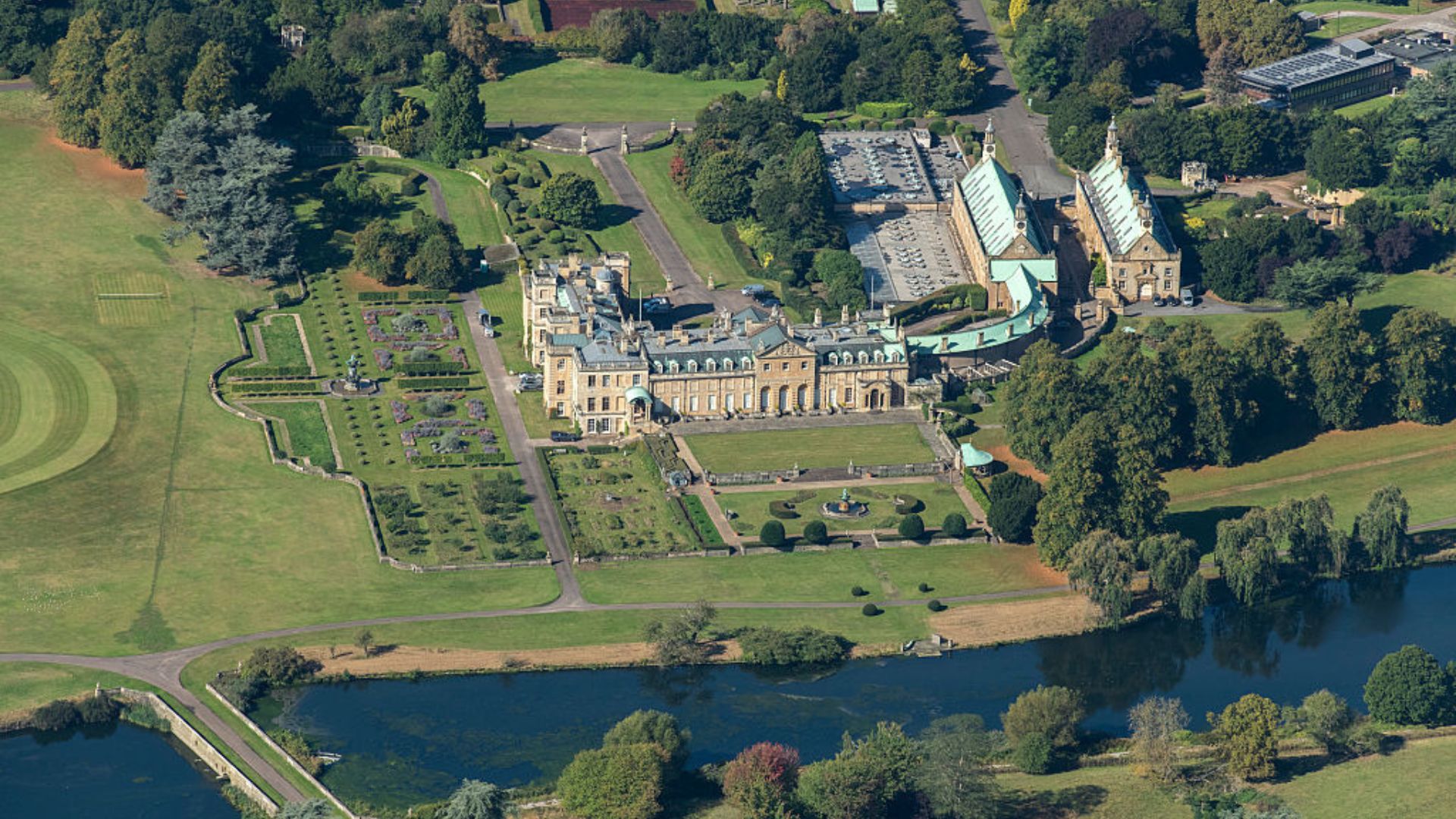
This stately Nottinghamshire pile was home to one of Britain’s most reclusive eccentrics, the 5th Duke of Portland. Obsessed with privacy, he built over 15 miles of underground tunnels and rooms, including a library, a billiards room and a great hall with a lift big enough for 20 people, though he never hosted a single ball.
He communicated only via notes, wandered the grounds at night, and was rarely seen, fueling wild rumours of disfigurement and madness. After his death in 1879, things got even stranger. In one of the Victorian era’s most bizarre inheritance scandals, it was claimed the Duke had lived a secret double life as London upholsterer Thomas Druce.
His daughter-in-law, Anna Maria Druce, insisted he’d faked Druce’s death in 1864 to return to his aristocratic identity, making her son heir to the Portland estate. Years of sensational legal wrangling followed, culminating in the 1907 exhumation of Druce’s grave, which revealed a body. The case collapsed in scandal, with witnesses charged with perjury and others declared insane.
Holyrood Palace

Scotland’s dramatic royal residence was once the stage for a shocking royal drama. In 1566, Mary, Queen of Scots watched in horror as her jealous husband, Lord Darnley, burst into her private chambers at the stately Edinburgh palace and had her close confidant and rumoured lover, David Rizzio, brutally stabbed to death in front of her very eyes. The gruesomely violent and shocking murder shattered the court and went on to fuel one of history’s most infamously plagued love triangles.
Natalie Denton is a freelance writer and editor with nearly 20 years of experience in both print and digital media. She’s written about everything from photography and travel, to health and lifestyle, with bylines in Psychologies, Women’s Health, and Cosmopolitan Hair & Beauty. She’s also contributed to countless best-selling bookazines, including Healthy Eating, The Complete Guide to Slow Living, and The Anti-Anxiety Handbook.
